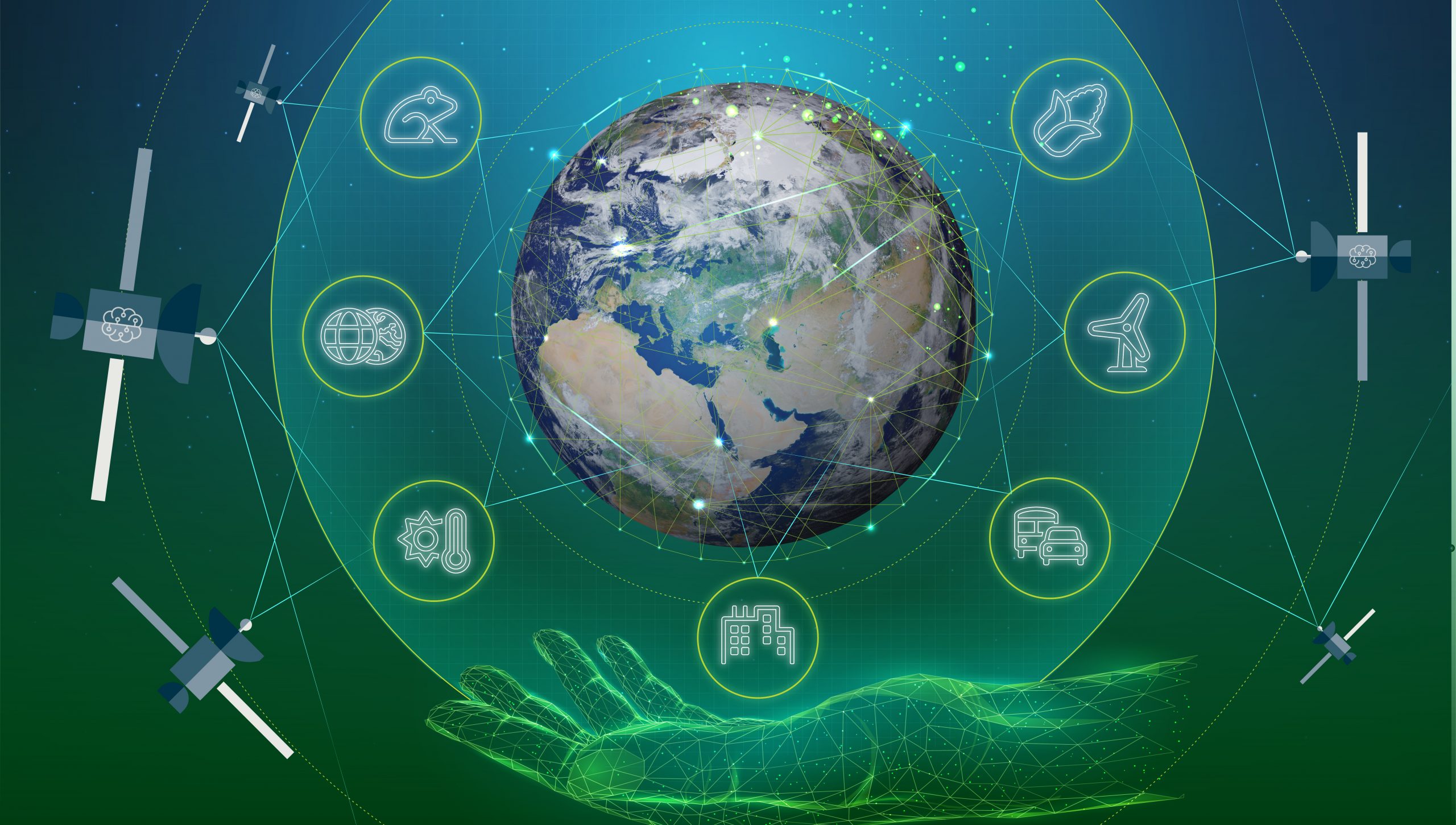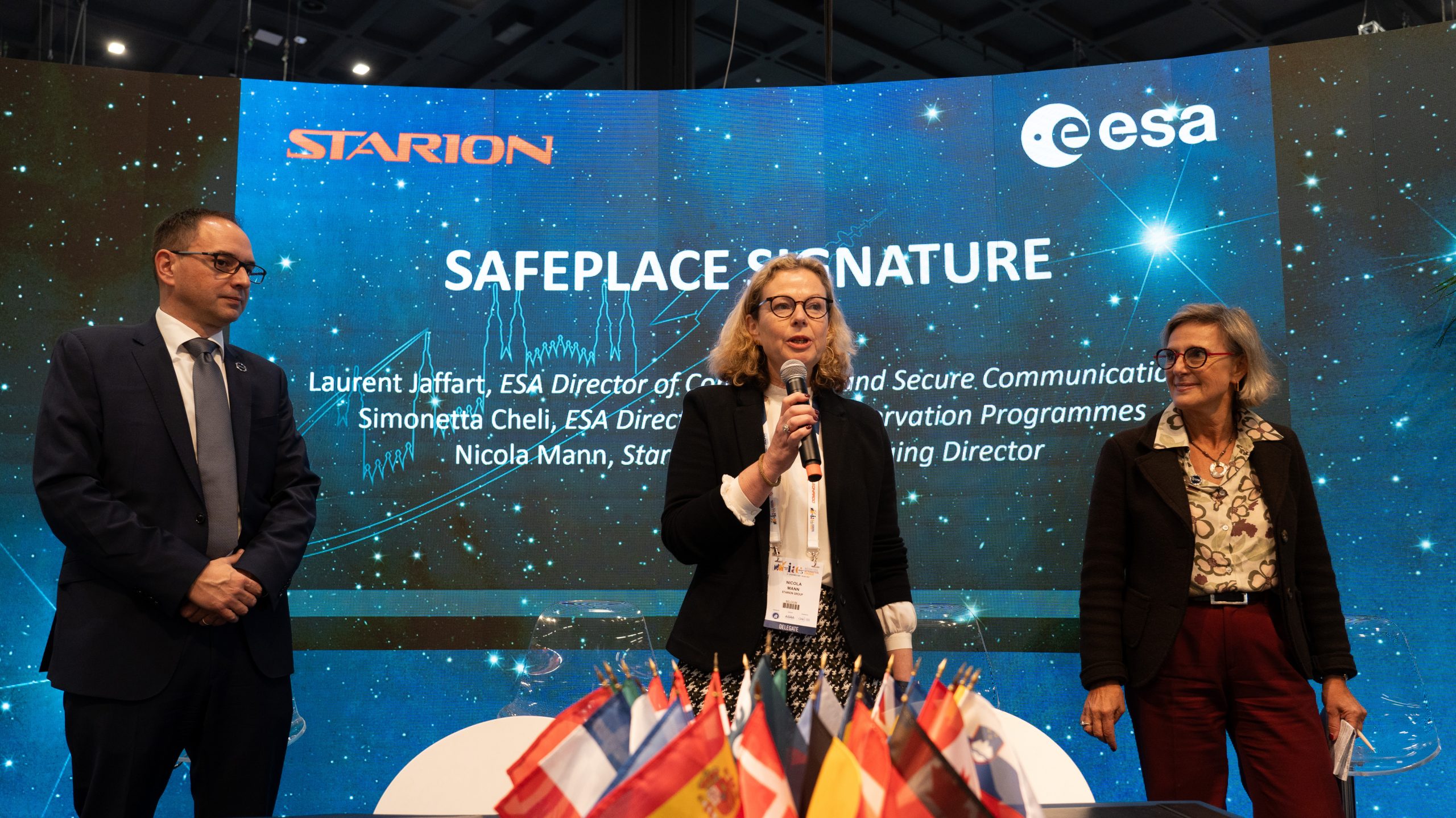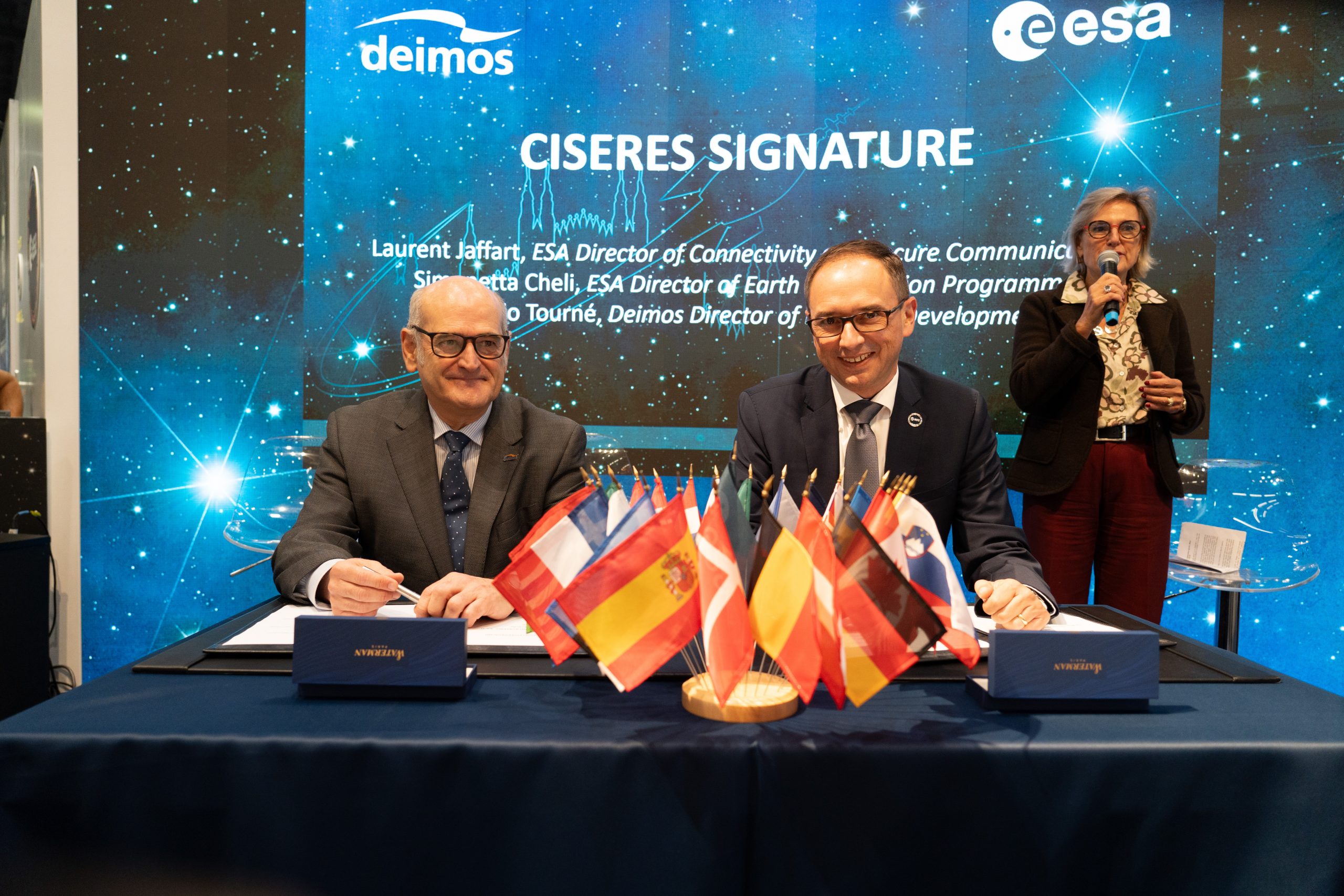Accelerate the use of space
Space for a green future
Bending the curve of climate change with space-based technologies and applications that will enable reaching carbon neutrality by 2050.

What’s the problem?
The climate crisis is the most urgent challenge faced by humanity – affecting every region, continent, and ocean on Earth. It fuels a range of other top-level challenges such as food security, migration, biodiversity loss, risks to human health, quality of life and economic losses. Five of the top global risks by severity in the next 10 years are related to the effects of global warming generated by anthropogenic greenhouse gas emissions.
Why act now?
With the window of opportunity closing, fast action could still avert the worst damage. To achieve sustainable development and reach carbon neutrality by 2050, international policy reforms are supporting the growth of a responsible, Green Economy, defined as one that is low-carbon, resource efficient, and socially inclusive.
For more than four decades, Earth-observing satellites have been providing the facts needed to address the challenges of our changing world. Space has an untapped potential to help achieve a better understanding through modelling, allowing predictive forecasts, and supporting policy formulation, implementation, monitoring, and evaluation. Space can offer a myriad of sustainable and commercial solutions for a decarbonised, green economy.
Now is the time to fulfil the full potential of space technologies, and move from data to information, from knowledge to action.
What is needed?
The Green Transition needs to consider the complex and intertwined social-environmental economic dynamics, including pollution and biodiversity, energy security and transport optimisation. Space technology is already being applied to these challenges. But much more can be done: for example, as part of the Accelerator, space solutions can be developed for all major greenhouse gases generating sectors such as transport, construction, energy, or agriculture. The aim is to deliver actionable information, assess scenarios for policy implementation, and offer tailored services.
The ambition is to do more, act faster, and put space at the core of climate action and at the service of all Green Transition enablers.
Who will use it?
The Space for a Green Future Accelerator is a co-governed and independent non-profit partnership of Green Transition actors. It engages governments, businesses, multilateral institutions, civil society groups, end users and citizens. We all have an individual role and responsibility in the current crisis, but it is only by working together that we can achieve timely and effective mitigation measures.
Why do this in Europe?
Reliable, timely and complex knowledge about the causes and impacts of climate change and the opportunities for their management and mitigation is of high strategic importance. With more frequent and severe disasters expected by the end of this century, the Accelerator will help strengthen Europe’s resilience.
Space for a Green Future will provide actionable information, helping form the baseline for effective European adaptation strategies to support the Green Transition, enabling the EU to reach its goal of becoming carbon neutral by 2050, and supporting its Green Deal. It will maintain Europe’s leadership in advanced technologies, particularly quantum sensing, and could set a powerful example globally for a green economy enabled by/from space.
What’s the next step?
Working closely with Green Transition actors including national governments, public agencies and private initiatives, international and European institutions, over the next two years ESA will establish what is needed, identify gaps in the current provision, mobilise resources, create the system architectures and building blocks, develop scale-up solutions for sectorial and global levels.
What are the wider benefits?
Space data will support not only living and working towards living a more sustainable life on Earth, but also aid decision makers in reaching carbon neutrality by 2050. The technologies and solutions developed will be used to monitor how well climate change adaptation and mitigation strategies are working.
Mission statement: The Space for a Green Future Accelerator is a co-governed & independent non-profit partnership of Green Transition actors united under a common banner, engaging governments, businesses, multilateral institutions, civil society groups, end users and citizens to develop practical space-based solutions supporting carbon neutrality and greening of society by 2050. We partner with stakeholders and users, aggregate the priorities of Green Transition sectors and seed solutions that address the real needs. We accelerate the use of space by mobilising resources and scaling solutions to full sectorial and global levels.
Download the factsheet
Space for a Green Future Accelerator
Read more about the accelerators

